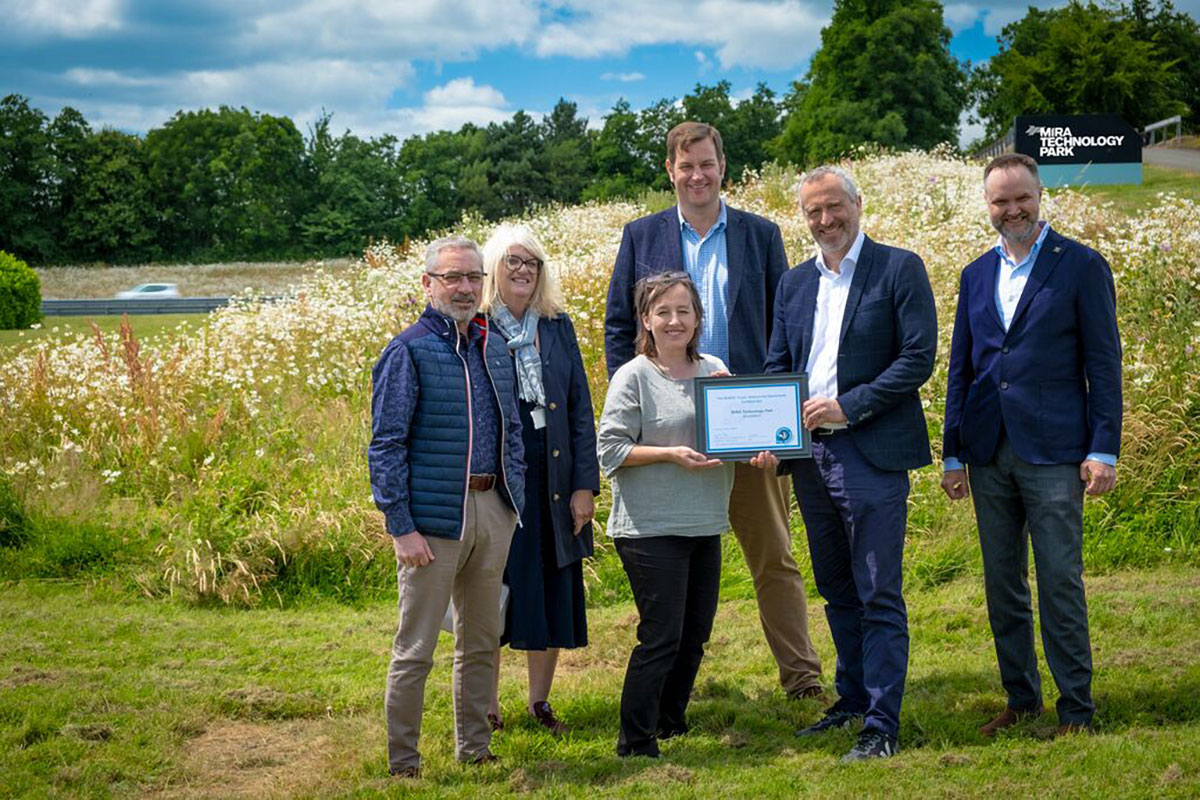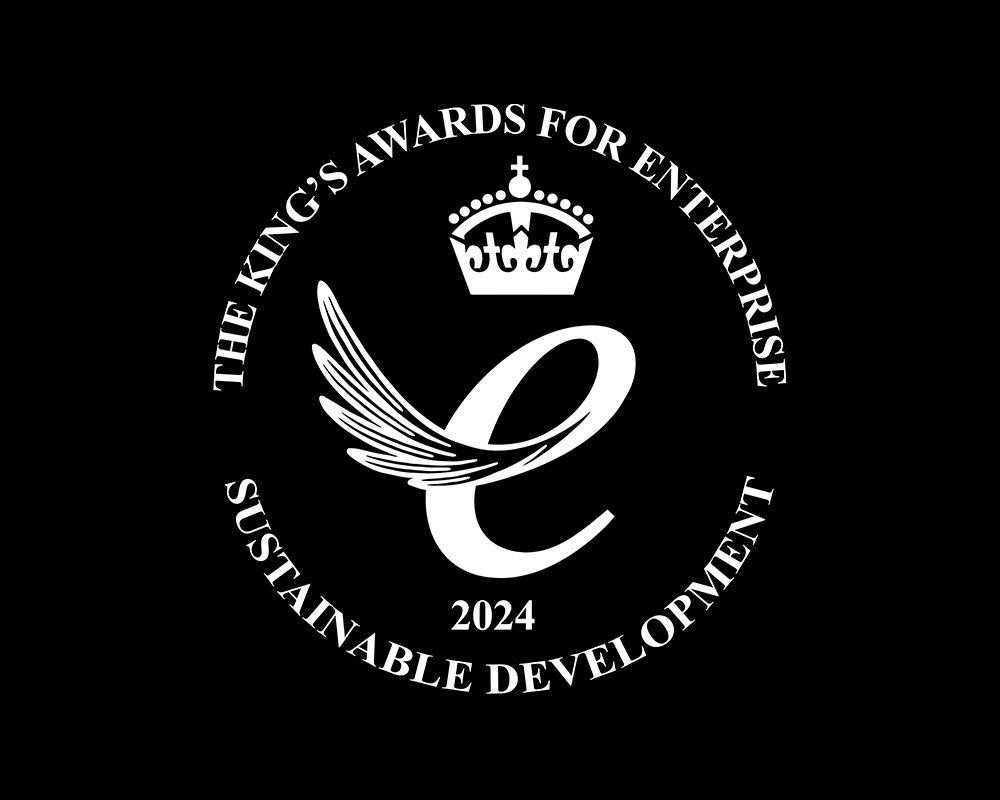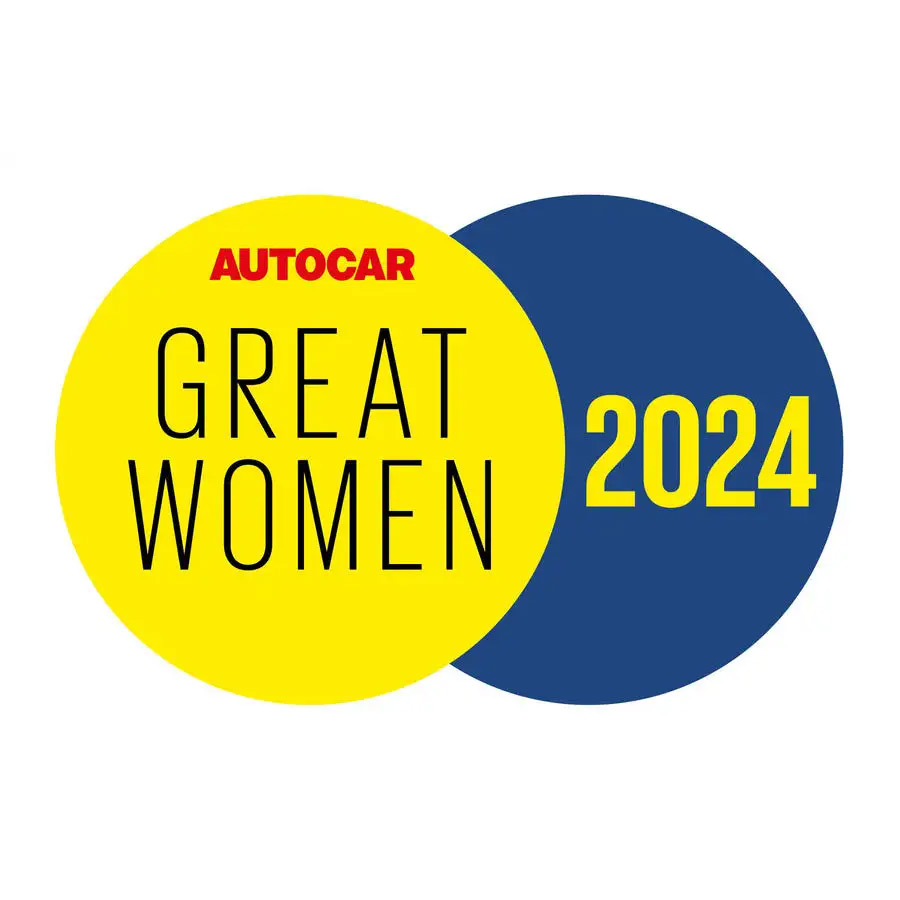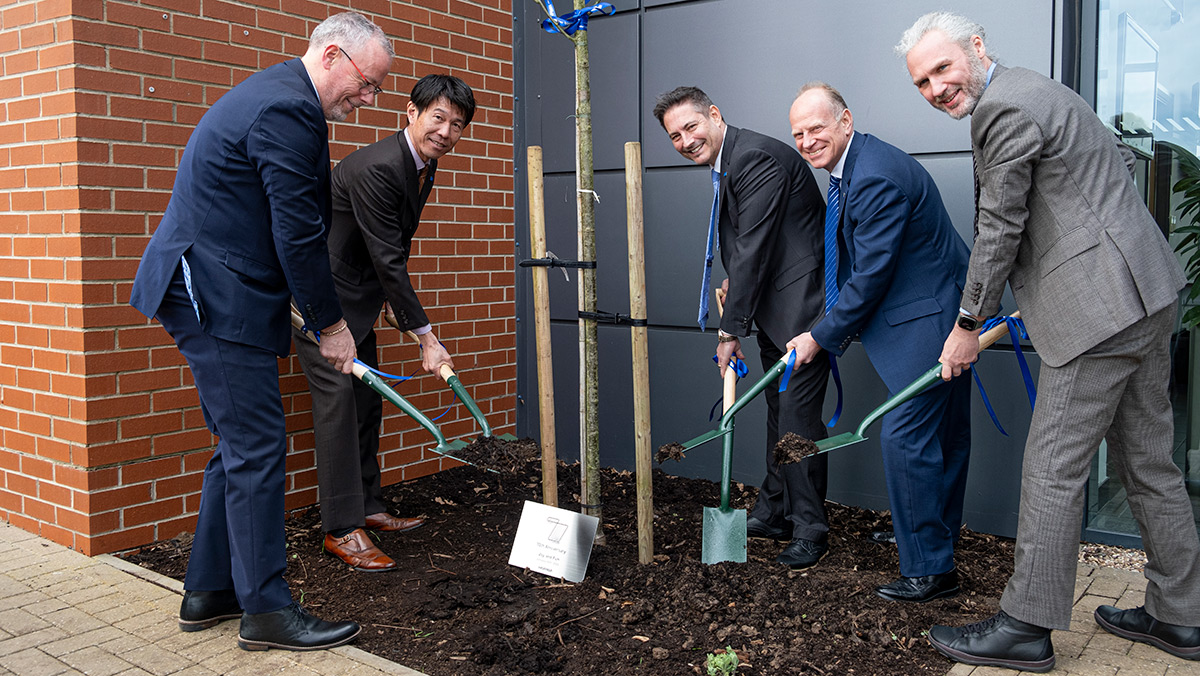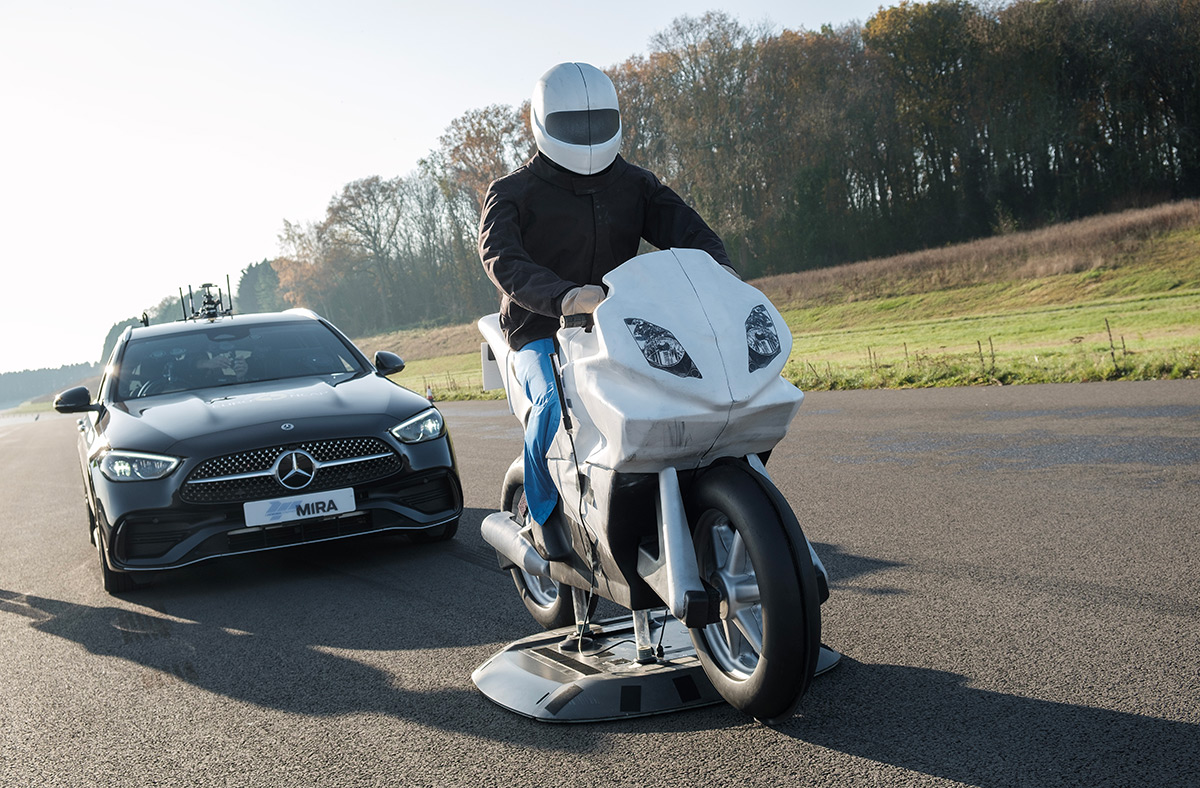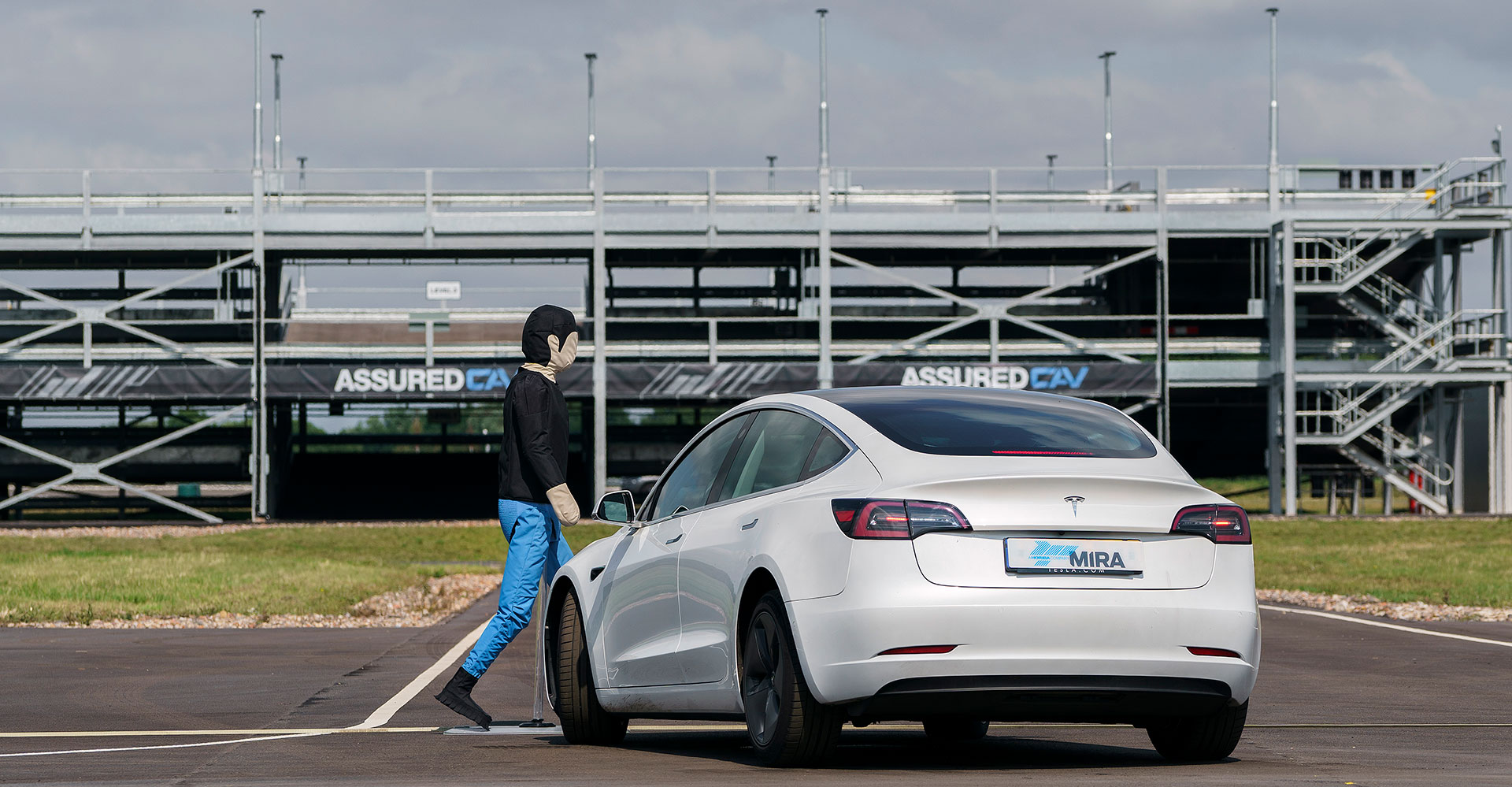Smart simulation will speed up safe deployment of CAV technology
Verification of Connected and Autonomous Vehicles (VeriCAV), a new connected and autonomous vehicles (CAV) project exploring how simulated environments can support the development of self-driving technology, has launched its website today.
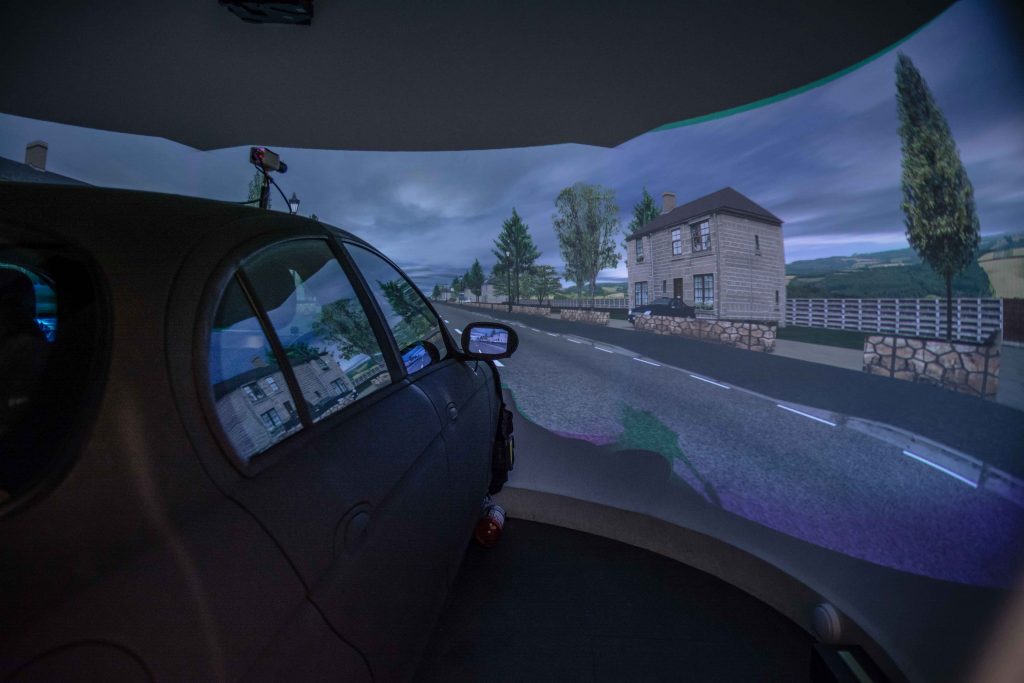
- VeriCAV project will explore how simulated environments can support the development of self-driving technology
- Simulated and physical ‘smart actors’ will rigorously test CAVs to give further peace of mind before deployment
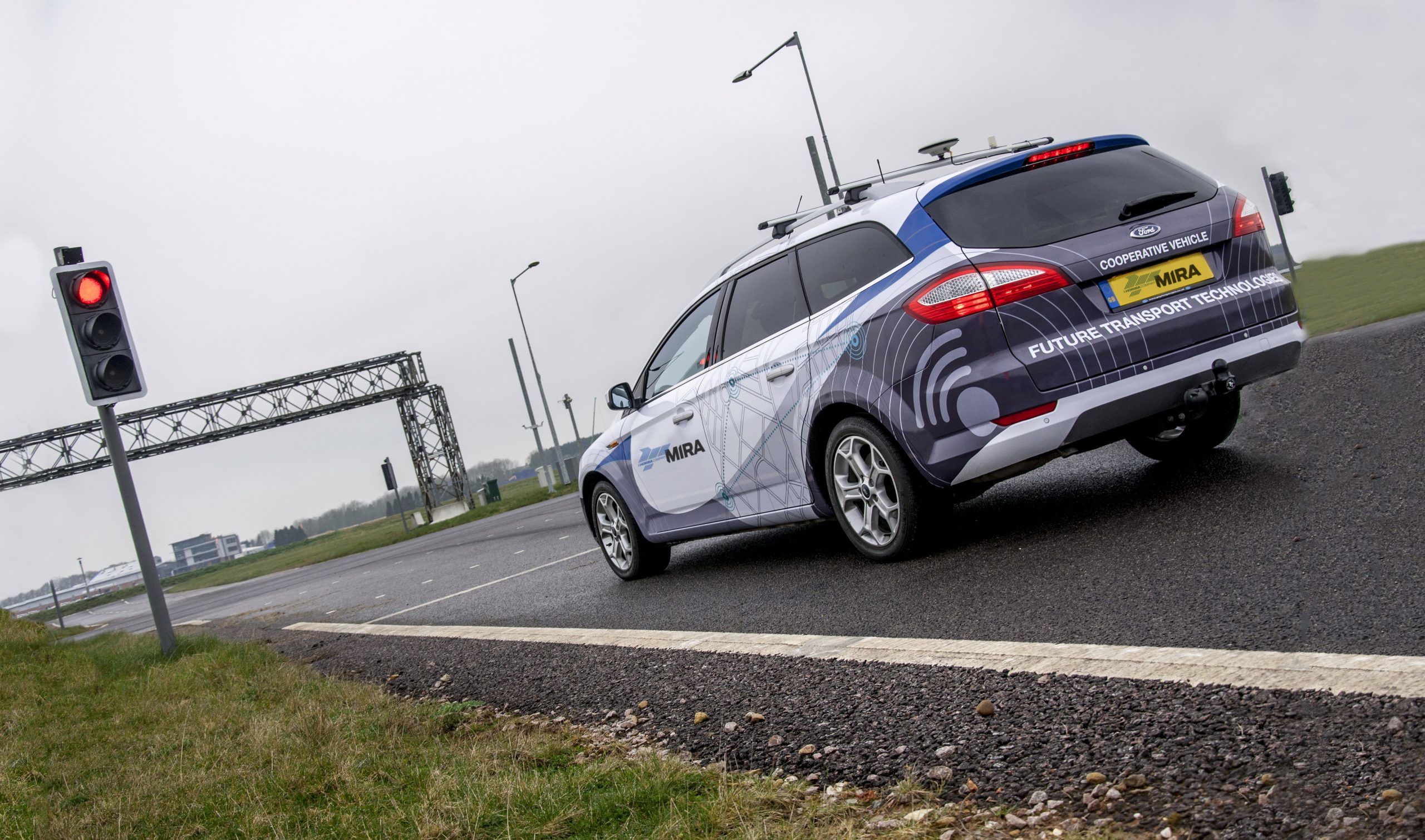
The VeriCAV project is developing an integrated test framework to allow Automated Driving Systems (ADS’s) to be validated in simulation, exposing them to large numbers of complex driving situations such that developers and regulators can have real confidence in their reliability and safety when deployed on the roads.
Performing physical vehicle tests for ADS is becoming increasingly time consuming, resource heavy, and expensive. Simulation opens the doors to very large numbers of scenarios including complex and uncommon situations that complement the need to physically test the system.
Chris Reeves, Head of CAV Technologies at HORIBA MIRA, said,
“CAV technology is transformational and opening up huge commercial opportunities. It’s not, however, without major technical challenges in product development and the need to determine the functionality, safety and security of these systems using industry best practice test and validation processes. Simulation and modelling techniques will increasingly form part of the verification and validation methodologies and are critical in speeding up and reducing the cost of CAV product development.”
The VeriCAV simulation will mean significantly improving test efficiency when evaluating countless driving scenarios. Simultaneously it can replicate the behaviour and actions of obstacles in a realistic and consistent manner, utilising the latest in ‘smart actor’ physical and simulated technology.
Smart actors will represent other vehicles and pedestrians that interact with the ADS. Sophisticated decision-making actors within a virtual test environment do not currently exist in any commercial product, yet they are central to injecting real-world variability into tests that do not rely on human involvement.
Connected Places Catapult COO, Neil Fulton, added,
“We’re delighted to be a part of this ground-breaking project, which brings together a world-leading engineering and test facility, the best of British SME innovation, plus renowned UK academic expertise, to revolutionise how CAVs are tested and implemented. This could be a game-changer; advanced simulation can help all sectors involved in introducing driverless cars to the roads understand the challenges and discover the solutions so that our future transport system is safe, efficient, environmentally- and user-friendly.”
Led by HORIBA MIRA, VeriCAV consortium partners include: Latent Logic, Aimsun Ltd., the University of Leeds, and the Connected Places Catapult.
To find out more, please visit http://vericav-project.co.uk/.
